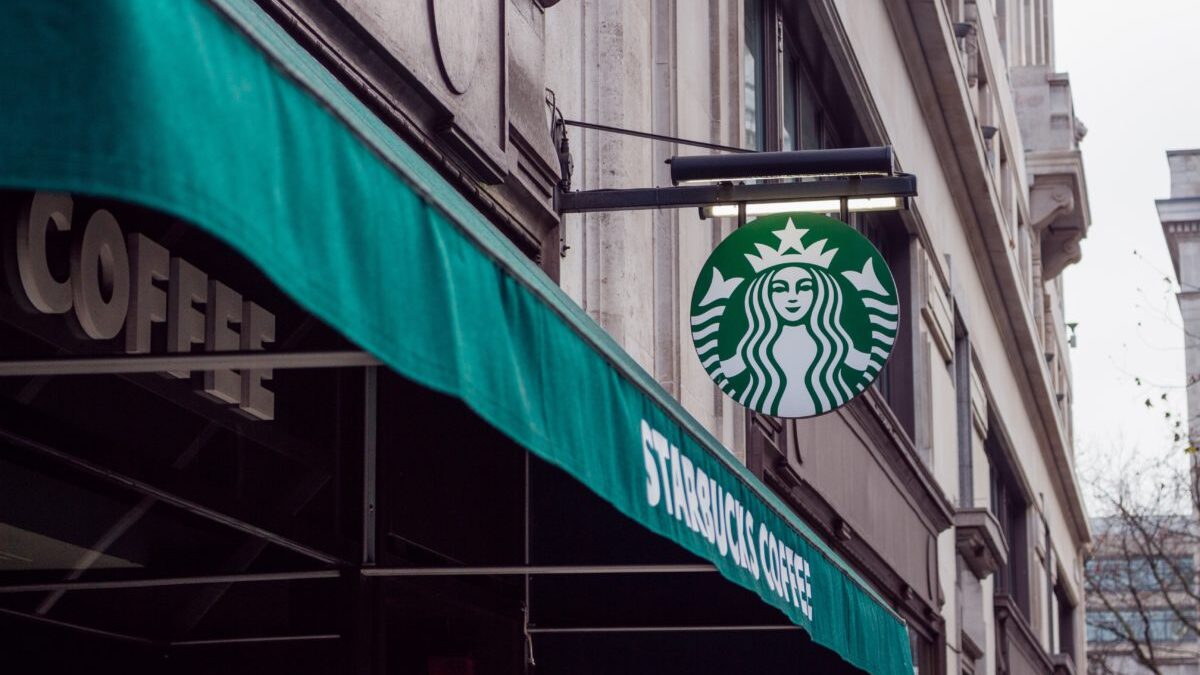Unless you’ve been living under a rock, we all know that Starbucks shut down 8,000 stores in North America last week to conduct racial bias training among roughly 175,000 employees.
The training was carefully planned after a “reprehensible” incident at a Philadelphia Starbucks store in April where the manager called the police on two African-American men who were simply waiting for a friend. The complaint was that they hadn’t bought anything. Police arrested the pair for trespassing.
Immediately after the incident, Starbucks investigated, took responsibility, apologized and very publicly committed to addressing the problem. Last week, the coffee giant delivered against its plan.
Executive Chairman Howard Schultz stated: “The company’s founding values are based on humanity and inclusion. We will learn from our mistakes and reaffirm our commitment to creating a safe and welcoming environment for every customer.”
Here’s a few things you may not know.
- Bloomberg estimated the cost of lost sales due to the one-day training event was $16.7 million
- Starbucks developed the training with a team of more than 30 experts from neuroscientists, diversity and inclusion experts and community outreach leaders. Starbucks also commissioned documentary filmmaker Stanley Nelson, who created a seven-minute long film about racial bias for the training.
- Starbucks made the materials available to other companies to use, not only extending an important message, but also adding another layer of transparency.
- Schultz also stated, “We realize that four hours of training is not going to solve racial inequity… but we have to start the conversation.”
We asked leaders across Padilla for their perspectives on how Starbucks managed this situation. Here’s what they said:
Emily Valentine, director Insights + Strategy, “I’ve been impressed with how Starbucks has handled their unconscious bias crisis. Closing all stores the same day makes a statement that the brand is taking the issue very seriously and taking swift action. I’ve heard some on the outside say, “training isn’t going to solve the problem.” That may be true, but it is a very positive first step. Starbucks’ actions set a tone of accountability that is crucial to maintaining the “social contract” they have with their customers. Now they just have to continue to deliver on it.”
Greg Tarmin, Consumer practice lead, “While I applaud Starbucks for closing its stores for a half day across the country, I’m a bit skeptical that that action will be enough. Changing behavior and engrained bias takes much longer. For our nation to move forward and make substantial changes, it must be a constant effort. This education needs to include all types of bias – from racial injustice to prejudice toward the LGBTQ community.
Bob McNaney, SVP Crisis Communication and Media Relations, “You must walk toward the crisis. Own it. Starbucks did exactly that. Words and actions must come together. Starbucks committed to addressing a potential problem and they acted upon that promise without delay.”
Ed Hoffman, Food + Beverage practice lead, “My feelings are mixed about this approach, to be honest. Did the company feel it needed to make a profound statement to counter the enormous backlash? Or, have they inadvertently signaled that there’s a more pervasive issue within the company? I’m not sure if Starbucks understands the problem it’s solving, which can send your communication strategy in unproductive directions.”
Matt Brehony, senior brand experience manager, “I think the decision to shut down for the training was not only the right thing to do but a wise move for the long-term health of the business and the brand. Schultz and his team were smart enough to know that the short-term loss of revenue would pale in comparison to the enthusiasm and loyalty generated by a brand with the integrity to put its money where his mouth is.”
And there you have it folks. I’ll close with this. Starbucks was accountable, responsible, proactive, transparent and honest as it managed and continues to manage through a monster of an issue tied to the raging undercurrent of today’s climate.
Now more than ever, it is imperative that Starbucks continues to listen, learn and follow through.
For more insights on communication and brand strategy, industry trends and more, subscribe today to the Weekly Buzz here.

